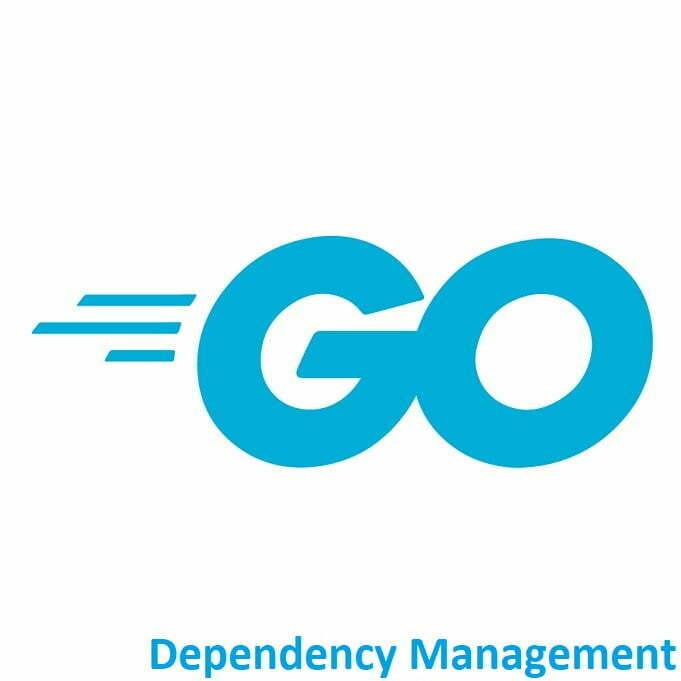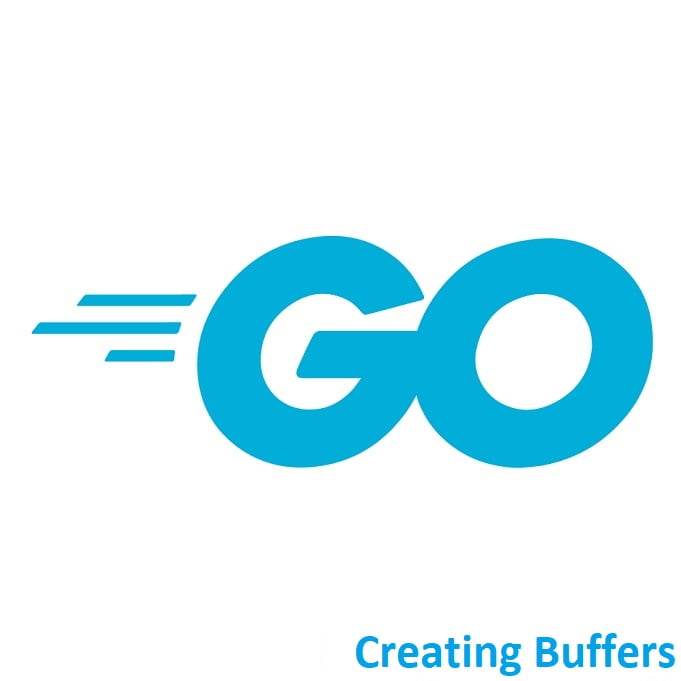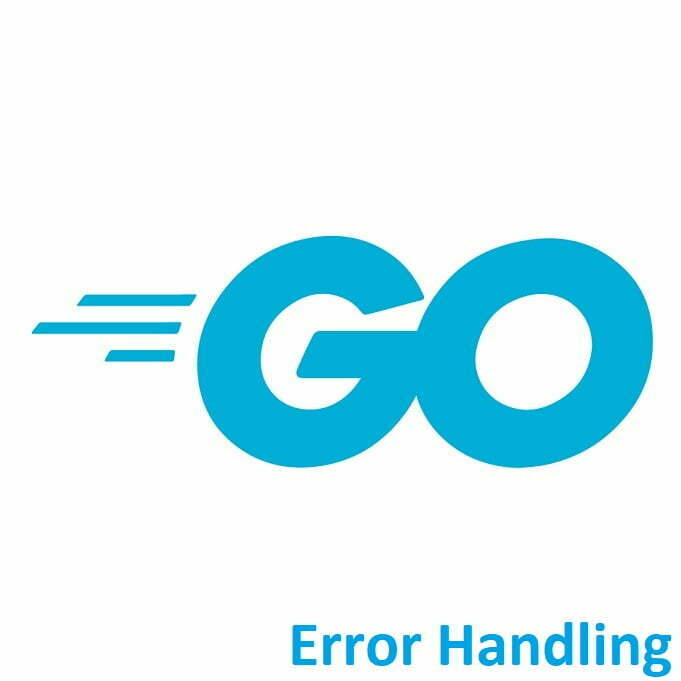
Dependdency Managemnet with Go Modules!
Welcome to the world of Golang! In Go, there is a built-in dependency management system called “modules.” The official dependency management tool is called “Go Modules.” This system was introduced to improve the handling of dependencies in Go projects and to provide a more reliable and consistent way to manage external packages.
Here’s how you can manage dependencies in a Go project using Go Modules:
Initialize a Go Module
You start by creating a new Go module for your project. You can do this by running the following command in your project’s directory:
go mod init module_name
Replace module_name with the name of your project or any other suitable name.
Add Dependencies
You can add external dependencies to your project using the go get command. For example:
go get github.com/package_name
This will download the specified package and add it to your go.mod file.
List Dependencies
You can list all the dependencies of your project and their versions using the go list command:
go list -m all
This command will display the dependencies and their versions that your project currently uses.
Vendor Dependencies
Go Modules introduced the concept of a “vendor” directory. You can use the go mod vendor command to copy the dependencies into a vendor directory within your project. This can be helpful if you want to ensure that your project uses specific versions of its dependencies.
go mod vendor
This will create a vendor directory in your project containing all the dependencies.
Update Dependencies
To update a specific dependency to its latest version, you can use the go get -u command:
go get -u github.com/package_name
This will update the specified package to the latest version and update the go.mod and go.sum files accordingly.
Remove Unused Dependencies
You can remove unused dependencies from your project by running go mod tidy. This command will remove any dependencies that are no longer imported or needed by your project.
go mod tidy
Lock File
Go Modules also generates a go.sum file, which contains cryptographic hashes of the downloaded module versions. This helps ensure the integrity of your dependencies.
Versioning and Compatibility
Go Modules uses semantic versioning (semver) to manage dependencies. You can specify the version of a dependency in your go.mod file, and Go Modules will attempt to find a compatible version based on the version constraints you’ve provided.
Using Private Repositories
If you have dependencies hosted in private repositories, you can authenticate using tokens or other methods. The GOPRIVATE environment variable can be used to specify which repositories are private.
Dependency Upgrades
Regularly update your dependencies to ensure that your project benefits from bug fixes and improvements. Automated tools like go get -u or dependency management tools like dep can help streamline this process.
Conclusion
Effective dependency management in Golang is essential for maintaining project stability, ensuring compatibility, and managing external packages. By adopting best practices and utilizing appropriate tools, developers can streamline package handling and enhance project maintainability.
That’s All Folks!
You can find all of our Golang guides here: A Comprehensive Guide to Golang






I have read several excellent stuff here. Definitely worth bookmarking for revisiting. I surprise how so much effort you set to make such a fantastic informative website.